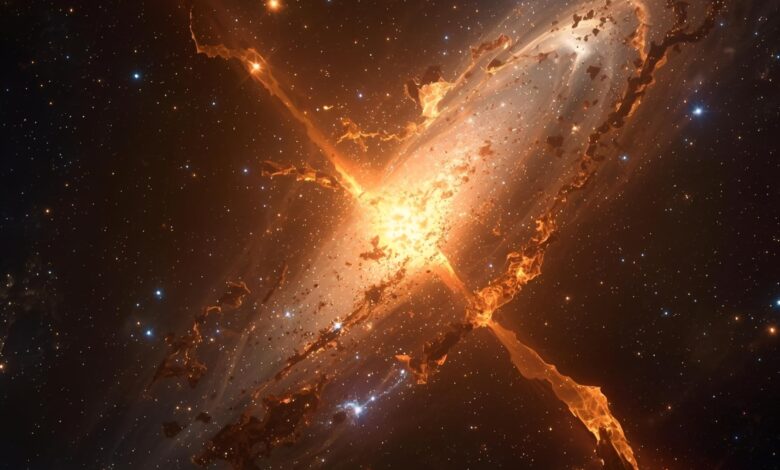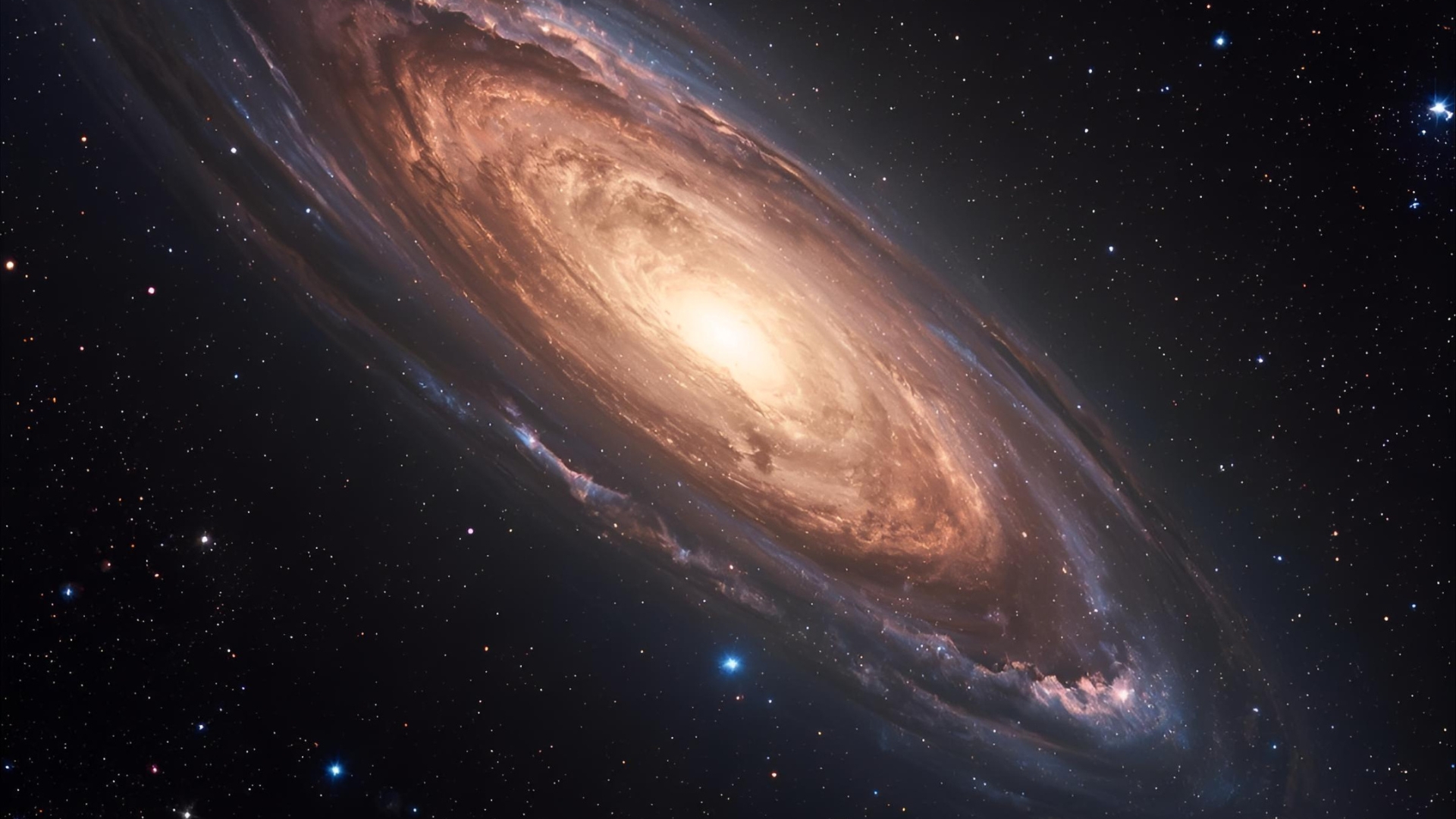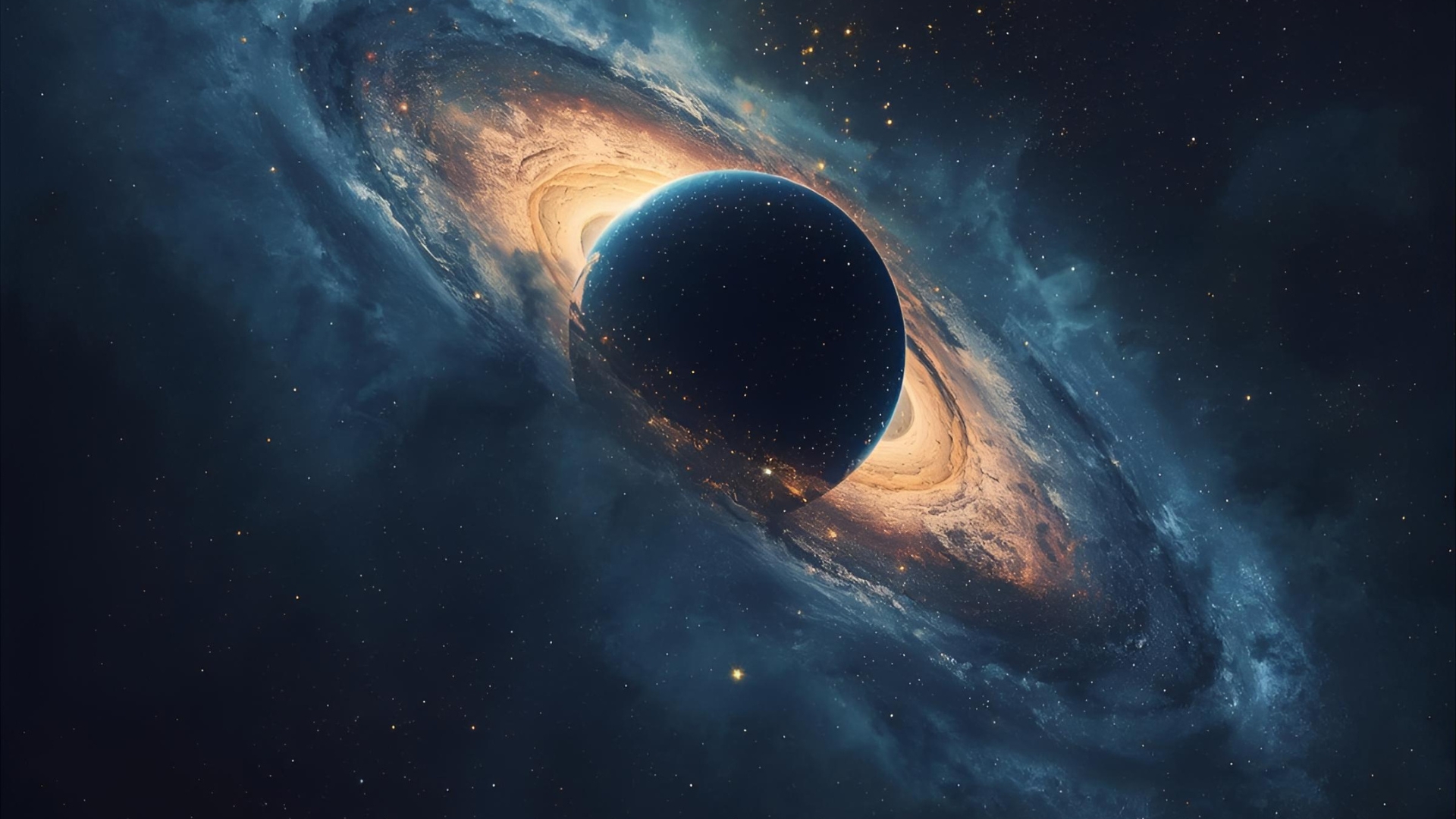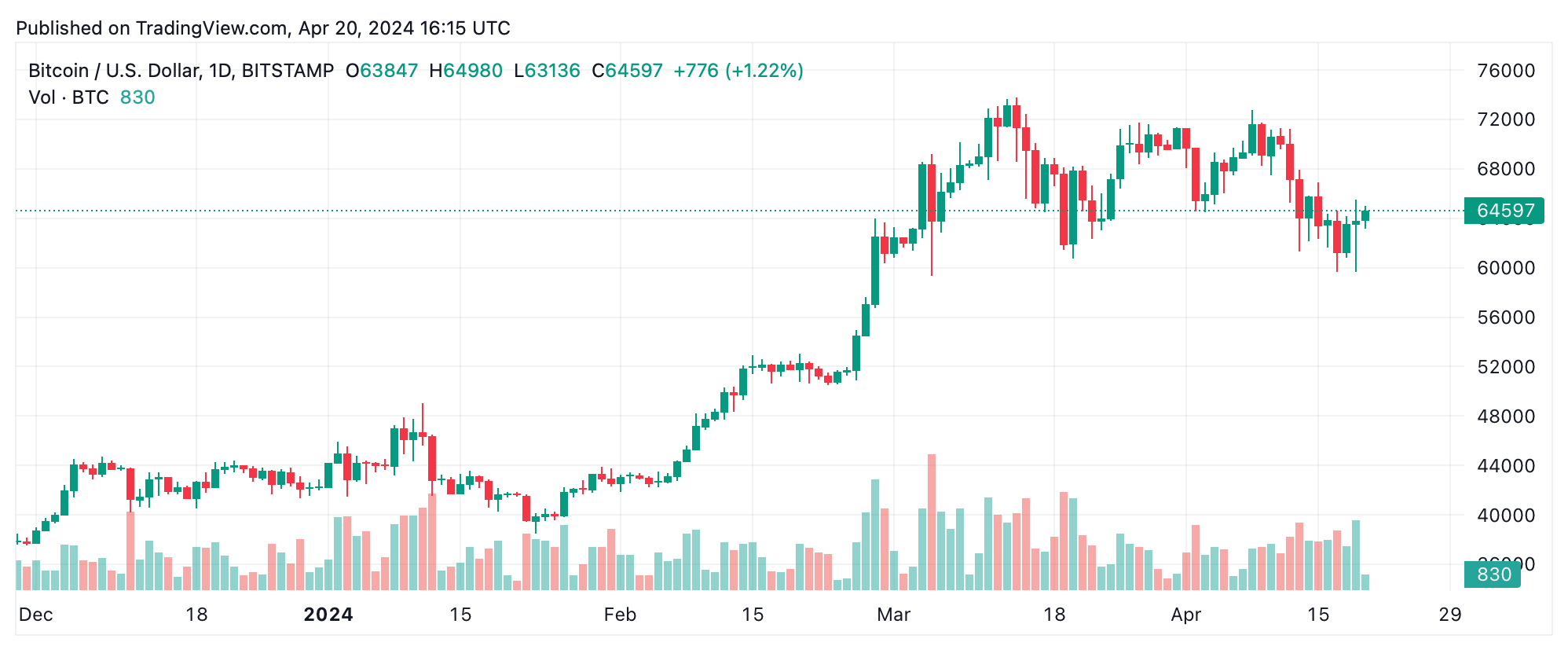Stellar Collision Revealed Hubble Rewrites History

When astronomers talk about events that rewrite the history of the universe, they usually mean discoveries that fill a crucial gap in our cosmic understanding. One such revelation arrived when a stellar collision—the catastrophic merger of neutron stars—was captured across the spectrum, with the Hubble Space Telescope playing a starring role. This was not just a dramatic light show.
It tied together threads ranging from the origin of gold and platinum to the physics of gravitational waves, while also underscoring why Hubble’s legacy still guides today’s astronomy. In recent years, Hubble has continued to expose violent stellar mergers and ultra-massive white dwarf remnants, extending a narrative that began with GW170817, the first gravitational-wave event with a visible counterpart. Together, these observations have reshaped astrophysics, clarified where many heavy elements come from, and hinted at a more dynamic, explosive cosmos than we imagined.
How a “stellar collision” changed everything
The neutron star merger that lit up the universe
On 17 August 2017, observatories detected ripples in spacetime—gravitational waves—from two neutron stars spiraling together. Hubble and other telescopes pivoted quickly, catching the fading visible and infrared glow of a kilonova. That luminous debris cloud provided the first concrete, multi-messenger proof that such mergers forge heavy elements like gold and platinum in cosmic quantities.
The light curves and spectra—how the brightness changed over time and which wavelengths were emitted—matched predictions for radioactive decay of freshly minted elements. The result helped resolve a decades-long debate about the astrophysical origin of half the elements heavier than iron.
From gamma-ray bursts to cosmic alchemy
The GW170817 event also tied short gamma-ray bursts (GRBs)—the most powerful explosions since the Big Bang—to neutron star mergers. Follow-up campaigns have since traced heavy-element fingerprints after bright GRBs linked to mergers, making the “cosmic foundry” picture more robust. Each new dataset refines nucleosynthesis models, the theoretical blueprints for how the periodic table is built in space.
Why Hubble mattered (and still does)
Hubble’s unique combination of sharp resolution and ultraviolet–optical–infrared coverage provided crucial multi-band photometry and spectroscopy to decode kilonova physics—how the ejecta expand, cool, and transmute. The telescope’s longevity also means it can monitor these remnants for years, tracking how energy from the collision interacts with the surrounding medium.
Even now—35 years after launch—Hubble continues to catch rare stellar collisions, including the debris of a white-dwarf merger that created an ultra-massive white dwarf. These snapshots extend the stellar-death story beyond neutron stars and into binary white dwarf evolution.
Hubble’s collision chronicles: beyond one event

A rare and violent aftermath in detail
In 2025, Hubble helped identify an ultra-massive white dwarf that likely formed through a merger rather than standard single-star evolution. Such findings show that stellar collisions are not limited to neutron stars; less cataclysmic, but still transformative, white dwarf mergers can re-sculpt stellar populations and seed the conditions for future novae or even type Ia supernovae.
The same year, researchers highlighted a rare star-collision remnant whose ultraviolet glow provided a close-up of early, post-merger evolution—evidence that binary endings are more diverse than textbook narratives suggest. These discoveries are rewriting the timeline of stellar death and changing how we estimate the rates of different explosions in the galaxy.
Multi-messenger astronomy becomes mainstream
The kilonova after GW170817 was the first time we had gravitational waves and light from the same event, launching multi-messenger astronomy into the mainstream. Hubble’s contribution to the electromagnetic side, alongside ground-based observatories and Chandra in X-rays, turned a single detection into a comprehensive physics experiment: jet dynamics, r-process nucleosynthesis, and relativistic outflows all constrained in one cosmic lab. As more detectors come online and sensitivities improve, the catalog of collisions will grow, letting Hubble (and successors) map diversity rather than rely on one archetype.
Rewriting cosmic history: the bigger picture
From Edwin Hubble’s expansion to today’s “Hubble tension”
The Hubble name echoes through astronomy for more than a telescope. Edwin Hubble’s work in 1929 revealed that the universe is expanding, a discovery that reoriented all of cosmology. Today, modern Hubble observations, joined by JWST, are grappling with a new riddle: the Hubble tension, a mismatch between the locally measured expansion rate and early-universe predictions. JWST has corroborated Hubble’s local measurements—making it harder to blame instrument error and more likely we’re missing physics. In a universe where even the cosmic expansion story is being revised, stellar collisions should be also reshaping our view of element formation and galactic evolution.
Hubble’s deep fields and the violent early universe
Long before kilonovae, Hubble’s deep fields showed that the early universe was a bustling construction site packed with galaxy mergers and intense star formation—signs that collisions and interactions are central to how structure grows. Recent results combining Hubble and JWST even uncovered rare multi-galaxy mergers, offering a window into how massive galaxies assemble from chaotic pile-ups. Collisions, it turns out, are woven into cosmic history, from galaxies down to stars.
Inside a kilonova: what Hubble sees
The physics of r-process alchemy
When neutron stars collide, they fling out neutron-rich matter. As this matter decompresses, atomic nuclei rapidly capture neutrons (the r-process), building up the heavy elements. Hubble’s multi-band monitoring charts how the opacity of lanthanide-rich ejecta dims and reddens the light, offering a probe of elemental composition. The spectra become a code: by analyzing line features and color evolution, astronomers infer the mix of elements and the mass of ejecta, testing nuclear-physics models against reality. The GW170817 observations were a masterclass in turning light curves into a chemical ledger of a cosmic forge.
Jets, angles, and the “off-axis” view
GW170817’s afterglow taught us that viewing angle matters. The jet from the merger wasn’t pointed straight at Earth; we saw it off-axis, which delayed and dimmed the early signal. Hubble’s time-series measurements helped pinpoint that geometry, constraining the energy and structure of the jet. These geometric details feed back into how often we think such events occur—because many may be hidden by orientation rather than absent.
Beyond neutron stars: white dwarf mergers and the quiet collisions
The hidden population of stellar mergers
Hubble’s 2025 report of an ultra-massive white dwarf likely born from a merger suggests a quiet but influential population of collisional remnants in the Milky Way. These objects can masquerade as normal white dwarfs until ultraviolet or spectroscopic clues give them away. Mapping them matters: white dwarf mergers may seed magnetars, create type Ia supernova progenitors, or alter the initial–final mass relation. Affecting how we infer the life cycles of stars in our galaxy.
A living laboratory for post-merger physics
With Hubble’s UV sensitivity, astronomers can watch surface composition evolve. As turbulent envelopes settle, diffusion proceeds, and newly dredged elements rise to the photosphere. These snapshots let us test models of angular momentum loss, thermal relaxation, and magnetic field generation after. The crash—physics that connects quiet collisions to spectacular explosions.
Why does this “rewrites history” for astronomy

The origin story of precious metals becomes concrete
For decades, astrophysicists debated whether core-collapse supernovae or neutron star mergers were the main factories of r-process elements. Hubble-enabled observations of kilonovae tipped the scales toward mergers. As a dominant source for many of these elements, grounding a cosmic story that literally touches our jewelry and electronics. By tying gravitational waves to specific elemental yields, the telescope helped transform a theoretical narrative into observational fact.
A blueprint for the next generation
Hubble’s continued relevance sets the stage for future observatories. Its multi-wavelength heritage informs how we design instruments, coordinate rapid follow-ups, and build time-domain strategies for transient skies. Even as we plan Hubble’s eventual successor. Its data archives and ongoing campaigns will anchor how we study collisions for years to come.
Also Read: Stellar Network Integration for Banks Complete Guide to Blockchain
Conclusion
A stellar collision is more than a cosmic spectacle—it’s a Rosetta Stone. How the universe builds matter, launches relativistic jets, and stitches together multi-messenger signals. Thanks to the Hubble Space Telescope, we don’t just suspect that neutron star mergers mint gold. We’ve watched the light fade and the colors shift in ways that encode the periodic table itself. And with ongoing detections—from kilonovae to white-dwarf mergers—Hubble keeps rewriting history. Reminding us that the universe’s most violent moments are often the most enlightening.
FAQs
Q: What exactly is a kilonova, and how did Hubble observe it?
A kilonova is the optical/infrared glow from neutron-star merger ejecta. Hubble captured its evolving brightness and color after GW170817, revealing heavy-element production.
Q: Why do neutron star collisions create gold and platinum?
Their ejecta are packed with free neutrons. As the material expands, nuclei undergo rapid neutron capture (r-process), building heavy elements that later glow as they decay.
Q: How did this event connect to gamma-ray bursts?
The observations linked short GRBs to mergers. Subsequent detections of heavy-element signatures after bright GRBs strengthened that association.
Q: What other collisions has Hubble revealed recently?
In 2025, Hubble reported an ultra-massive white dwarf born from a merger, showing that quieter collisions help sculpt stellar populations.
Q: Does JWST replace Hubble for this science?
They’re complementary. Extends sensitivity into the infrared, while Hubble’s UV/optical capabilities and long-term monitoring remain invaluable—together. They’re clarifying the Hubble tension and the physics of transients.




